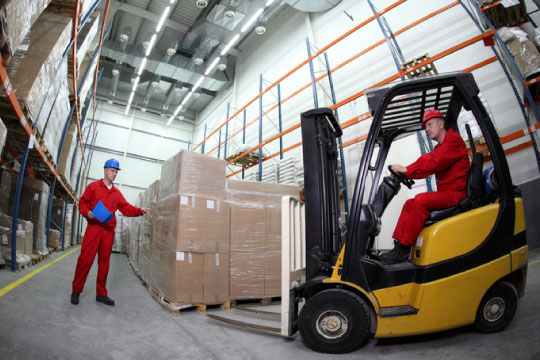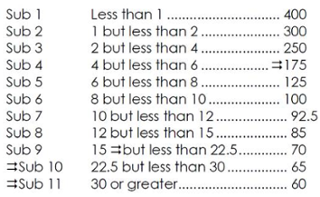Commodity classification standards board freight density changes: What to know
August 18, 2017

The Commodity Classification Standards Board (CCSB) has recently invoked new freight density changes that took full effect on Aug. 5th, 2017. These freight density changes will bring an immediate impact to how some products are now packaged, along with additional costs to shippers – particularly those shipping freight via less than truckload (LTL).
What do the CCSB freight density changes mean for you?
At first glance, the National Motor Freight Traffic Association’s, NMFTA, Notice of Disposition may appear daunting, as new regulations will affect freight classification, freight spend, and overall operations. In order to effectively prepare for these changes, you must first learn and understand what exactly is being changed and what it means to your supply chain operations.
The freight density changes made within the CCSB were designed to eliminate the 9-tier freight classification rules and replace it with a more standard 11-tier classification table. Here’s a look at a few freight density changes that were made:
- Item 41080 was established for temperature-controlled freight.
- Any package likely to result in, or be filed for damage claim must be over packaged.
- Plumbers’ goods and water filters, purifiers, tanks, and softeners are amended to item 69105.
- Dietary supplements are now grouped with item 57300.
- Any containers or crates with wheels or casters must include locking mechanisms in place.
- Solar panels are now part of item 177010.
- Paper products now have a freight class of 125.
This change from a 9-tier density breakdown to an 11-tier breakdown will most likely affect those who ship high-density freight much more positively, as classes 60 and 65 have been added for more-dense commodities versus the prior lowest class of 70 (See chart below for more detail).

If you are unsure if your shipments will be affected, please reach out to your Freightquote by C.H. Robinson representative today or visit our convenient online density calculator page.
Who is affected by the freight density changes?
Those affected by the changes may see an increase in freight classification charges, more specifically among Sub 4 items. Products or goods shipped via LTL tend to reside within Sub 4, so if you’re someone who frequently uses LTL shipping, you can expect to see greater LTL spend. Likewise, the changes made to packaging requirements, such as including the need to over package special items, will impact the actual density of the shipment itself. Therefore, shipping classification might change to a lower-density rate.
How are freight classes calculated?
The National Motor Freight Traffic Association publishes the National Motor Freight Classification (NMFC). Freight classes provide a standard rating mechanism for both carriers and shippers alike. In order to avoid freight reclassification and additional carrier charges, it’s important to use the correct freight class. The NMFC determines the LTL classification system. Commodities are grouped into one of 18 classes which range from class 50 to class 500. The NMFC bases class on four transportation characteristics.
- Density – Measured in pound per cubic foot of your item, increasingly becoming more influential in the class assignment.
- Handling – The degree of difficulty in loading and unloading the freight.
- Stowability – Accounts for shipments that may be difficult to load freight around.
- Liability – Takes into consideration the probability of freight being damaged or stolen.
How Freightquote can help
If you haven’t had the opportunity to review the latest changes, you may already be overpaying on shipping. Be sure to set aside time to review the changes in the NMFC and use the tips above as a guide to gain more control over your freight classification and overall operations. Likewise, don’t hesitate to reach out to an online service provider such as Freightquote. We work with you to ensure you receive the best available rates at a fair price.
Whether you have been shipping freight for many years or this is your first time, Freightquote's patented technology allows you to get instant and free freight shipping rates. Get started and sign up now.
Topics:
Get Your Shipping Quote


